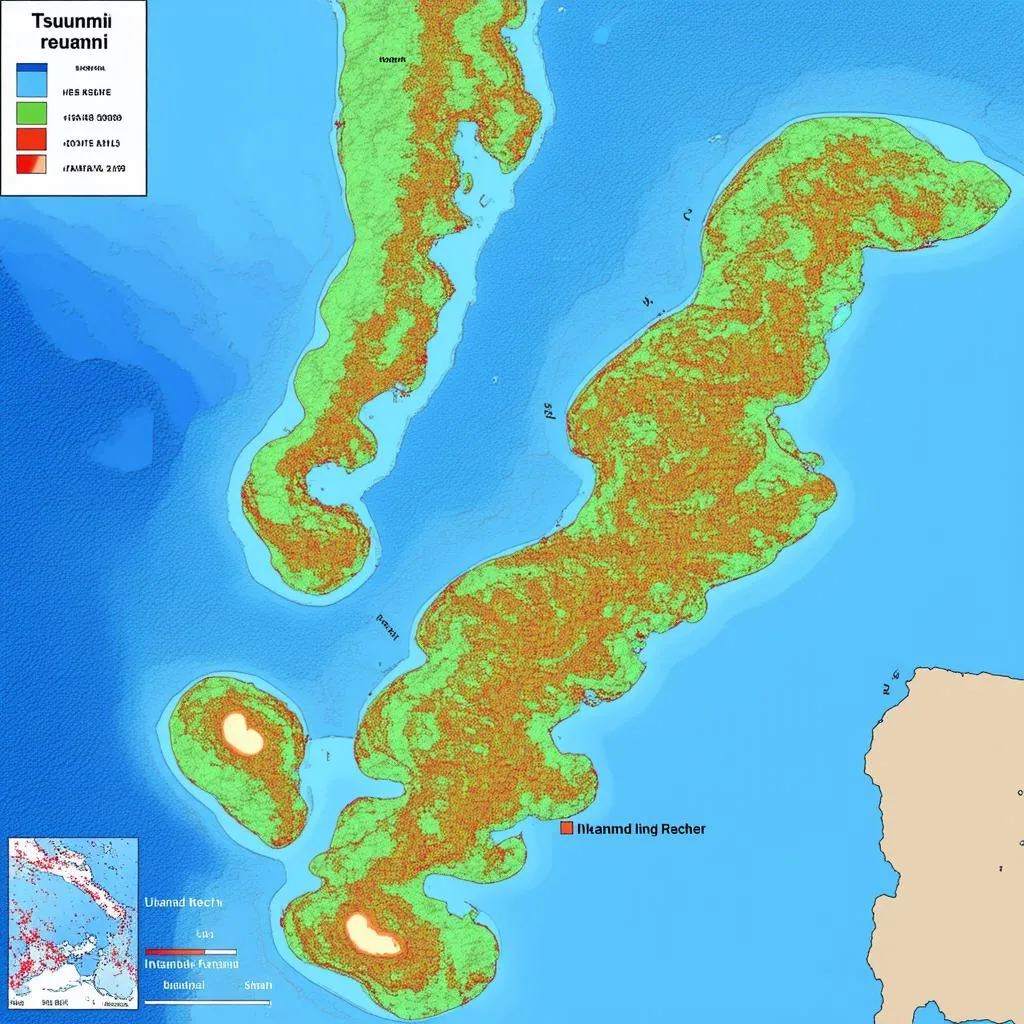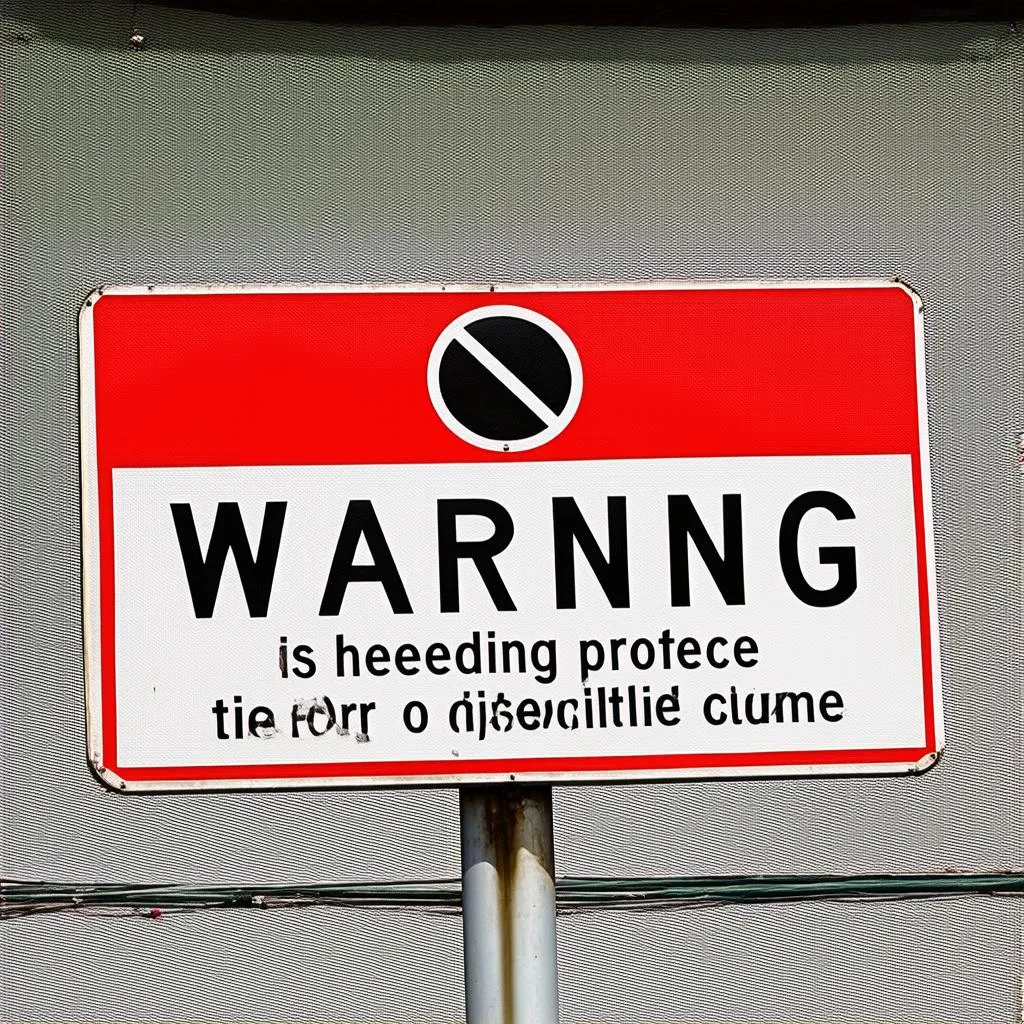Have you ever heard the saying, “Water always finds its way?” While usually a testament to nature’s persistence, this phrase takes on a chilling meaning when considering tsunamis. These powerful ocean events, often triggered by earthquakes or underwater volcanic eruptions, can travel thousands of miles across open ocean and, most terrifyingly, surge far inland, leaving a trail of devastation in their wake. But just how far can a tsunami travel on land? Let’s dive into the mechanics of these natural disasters and explore their potential reach.
The Destructive Journey of a Tsunami: From Ocean Depths to Inland Terrain
Unlike regular waves driven by wind, a tsunami’s energy is carried throughout the entire water column, from the ocean floor to the surface. This immense power allows tsunamis to maintain incredible speeds over vast distances. While they might seem unassuming in the open ocean, resembling a rapid rise in sea level rather than a towering wave, their behavior changes drastically as they approach land.
As the ocean floor shallows, the tsunami wave compresses, forcing its energy upwards and creating a dramatic increase in height. This is when the true destructive potential of a tsunami becomes terrifyingly clear.
Factors Influencing Inland Reach
So, how far can this wall of water surge inland? The answer, unfortunately, isn’t a simple one. Several factors determine a tsunami’s inland reach, making each event unique:
1. Tsunami Magnitude and Energy:
A tsunami’s initial energy, dictated by the triggering event’s force (like an earthquake’s magnitude), plays a crucial role. Larger and more energetic tsunamis have the potential to travel further inland.
2. Coastal Topography:
The shape of the coastline and land elevation significantly influence a tsunami’s inland reach. Low-lying coastal areas with gradual slopes are particularly vulnerable, allowing the water to surge further inland.
3. Natural and Man-Made Barriers:
Dense forests, coral reefs, and even man-made seawalls can act as buffers, absorbing some of the tsunami’s energy and reducing its inland penetration. Conversely, rivers, inlets, and harbors can act as funnels, channeling the water further inland.
4. Historical Evidence:
Historical accounts and geological records provide valuable insights into past tsunami events, offering clues about their reach and potential impact on specific regions.
Case Studies: Examining Real-World Impacts
The 2004 Indian Ocean tsunami, triggered by a magnitude 9.1 earthquake, tragically demonstrated the devastating reach of these events. In Banda Aceh, Indonesia, the tsunami traveled as far as 3 miles inland. Similarly, the 2011 Tōhoku tsunami in Japan, caused by a magnitude 9.0 earthquake, inundated areas up to 6 miles inland in some locations. These examples, while heartbreaking, underscore the immense power of tsunamis and the importance of understanding their potential impact.
Planning Your Travels? Heeding Tsunami Safety
While the thought of such destructive natural events can be unsettling, understanding the factors influencing a tsunami’s reach can empower you to make informed decisions, especially when planning your travels.
- Research Your Destination: Before heading to coastal destinations, familiarize yourself with potential tsunami risks. Many areas prone to these events have early warning systems and evacuation plans in place.
- Know Your Elevation: When staying in coastal areas, be aware of your elevation relative to sea level. Higher ground offers better protection in case of a tsunami.
- Stay Informed: If you’re traveling to a tsunami-prone region, pay attention to local news and weather alerts for any potential threats.
 Tsunami Inundation Map
Tsunami Inundation Map
Remember, knowledge is your best defense against natural disasters. By understanding the power of tsunamis and taking necessary precautions, you can ensure safer and more enjoyable travels.
Exploring Further: Travelcar.edu.vn – Your Guide to Safe and Informed Travel
For more information on travel safety, tips for planning trips to various destinations, and insightful articles on a wide array of travel-related topics, visit Travelcar.edu.vn. We’re dedicated to providing travelers with the knowledge and resources they need to explore the world safely and confidently. For insights on how far tsunamis can travel inland, be sure to check out our comprehensive article on How Far Does a Tsunami Travel Inland?.
 Tsunami Warning Signs
Tsunami Warning Signs
Safe travels!